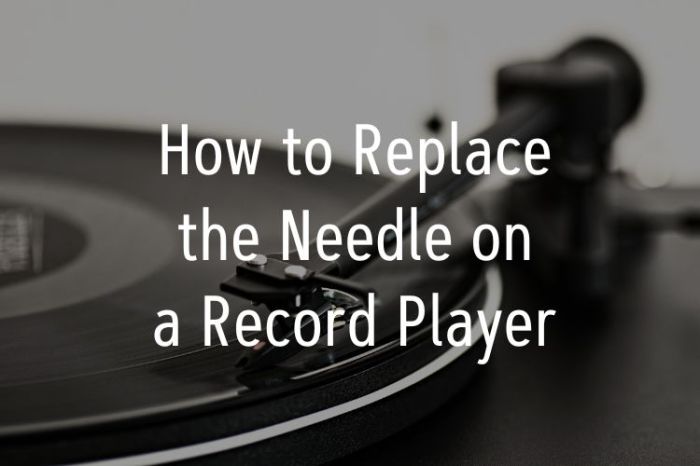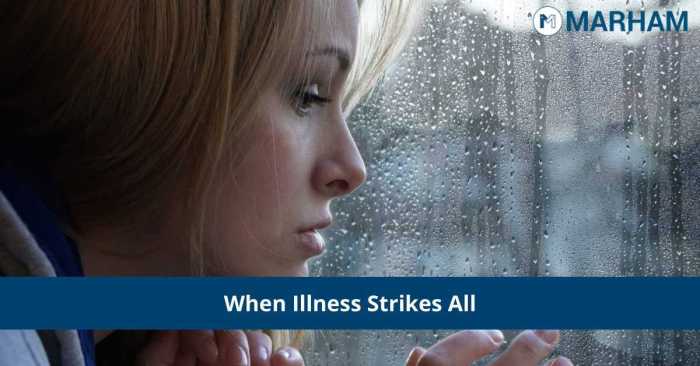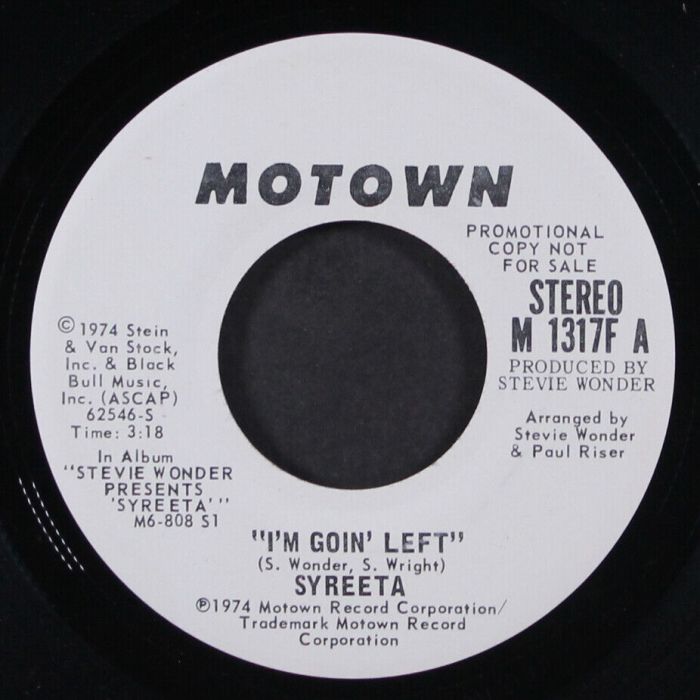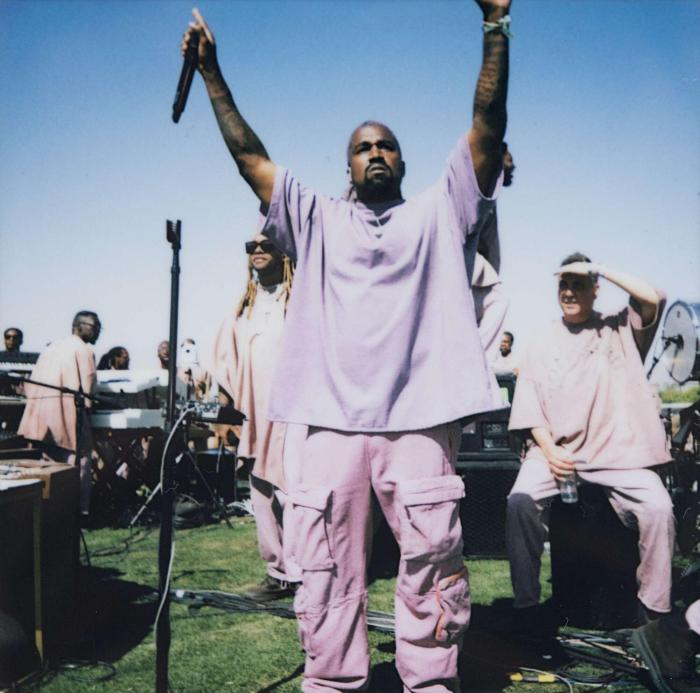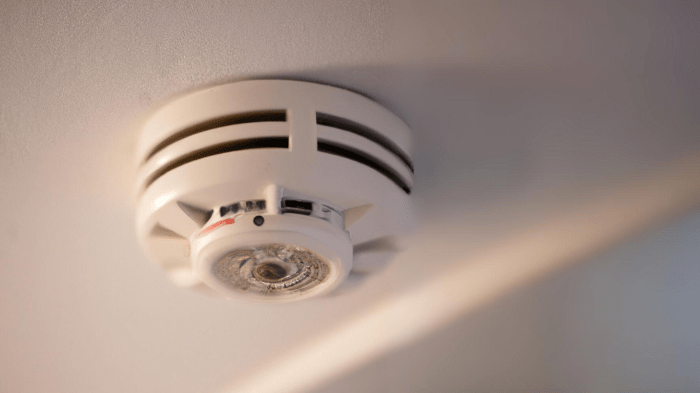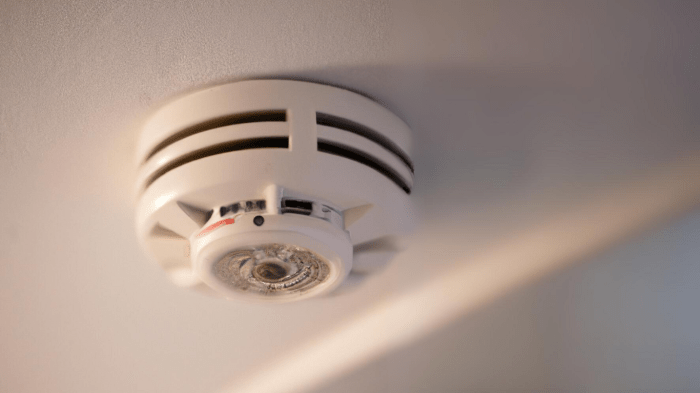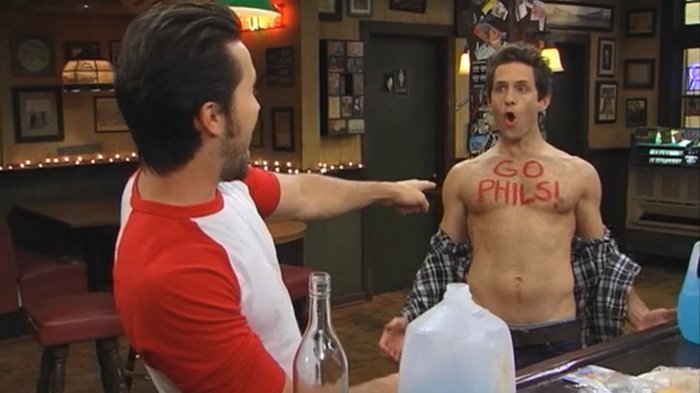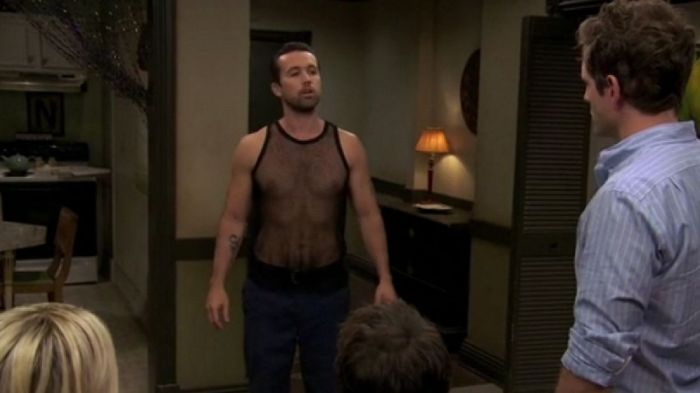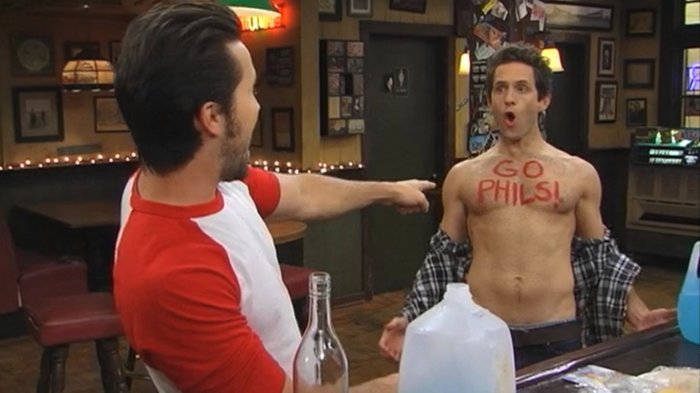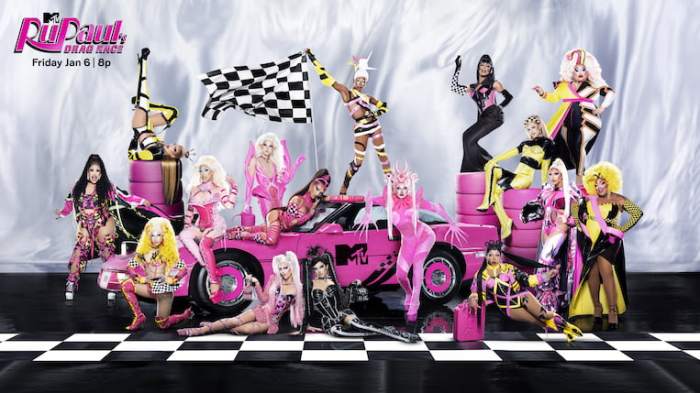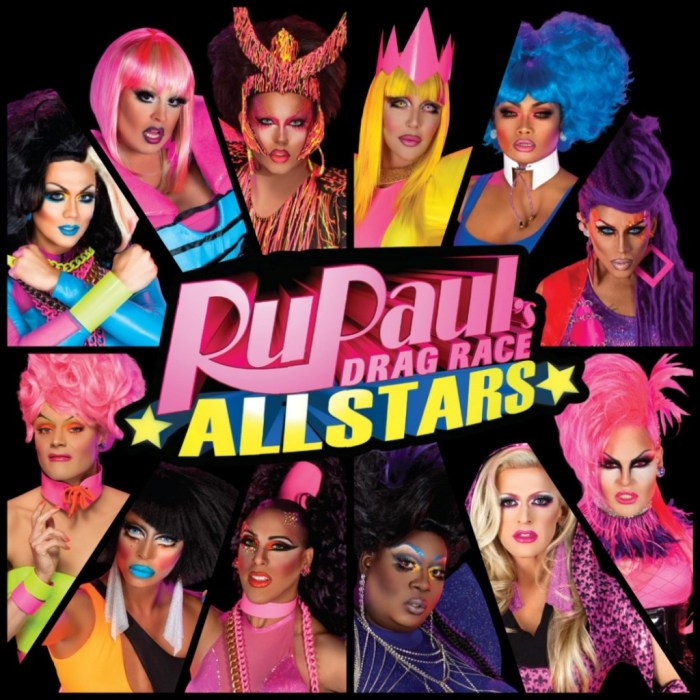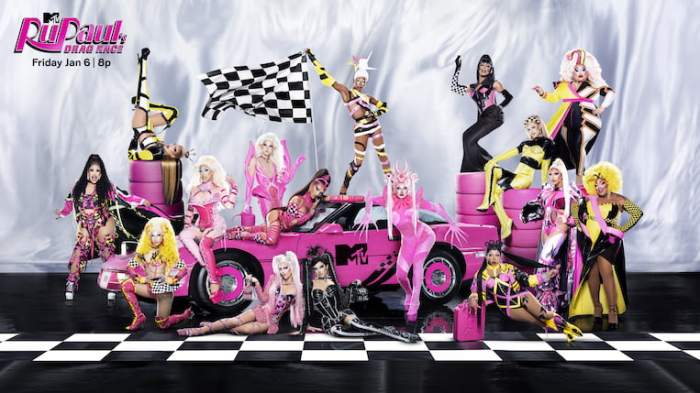Change the Needle on a Record Player: This guide walks you through the process of replacing a worn-out record player needle. From understanding the different types of needles and the signs they need replacing, to the step-by-step procedure and troubleshooting common issues, we’ve got you covered. Learn how to maintain your vintage or modern record player and keep those vinyl grooves spinning!
Record players, those beautiful machines that transport us to a different era with every spin of the vinyl, can sometimes need a little TLC. One of the most common maintenance tasks is changing the needle. A worn-out needle can lead to distorted sound, skipping, and even damage to your records. This comprehensive guide provides a clear understanding of the entire process, from identifying the need for replacement to troubleshooting potential problems.
Understanding the Record Player
The record player, a nostalgic piece of technology, has captivated music lovers for decades. Its ability to transport us back to a time of vinyl grooves and warm, analog sounds remains enchanting. This exploration delves into the mechanics of these charming devices, from the humble needle to the various types of players available.The fundamental operation of a record player hinges on the interaction between the needle and the grooves etched onto the vinyl record.
The needle, a tiny stylus, follows the intricate path of these grooves, converting the physical vibrations into electrical signals that are amplified and played through speakers. This delicate dance of the needle is critical to the sound quality.
Basic Mechanics of a Record Player
The record player’s mechanism involves several crucial components working in concert. The turntable rotates the record at a precise speed, usually 33⅓ or 45 RPM. The tonearm, holding the needle, gently rests on the record, tracking the grooves. The needle, as mentioned previously, reads the grooves, transforming the vibrations into electrical signals. These signals are then sent to an amplifier, boosting the audio to a volume suitable for playback through speakers.
The cartridge, housing the needle and its associated components, plays a critical role in the conversion of the physical vibrations into electrical signals.
Types of Record Players and Their Needle Mechanisms
Various types of record players exist, each offering different features and functionalities. Belt-drive players use a belt to transmit the motor’s rotation to the turntable. Direct-drive players, on the other hand, use a motor directly connected to the turntable. The choice between these two types primarily revolves around factors such as noise level, accuracy of speed, and cost.
The needle mechanism is a crucial element in these various models, influencing the overall sound quality.
Comparison of Needle Types
The needle, or stylus, is a vital component in the entire process. Different needle types are designed for specific records and playback needs. The material and construction of the needle significantly impact its ability to read the grooves accurately and consistently.
| Needle Type | Material | Pros | Cons |
|---|---|---|---|
| Ceramic | Ceramic | Generally affordable, suitable for many records | May not be as accurate as other materials in high-end playback |
| Diamond | Diamond | Exceptional tracking ability, excellent for high-quality records | More expensive than other options |
| Sapphire | Sapphire | Good balance of cost and performance, often used for mid-range systems | Slightly less accurate than diamond, more susceptible to wear |
| Aluminum Oxide | Aluminum Oxide | High wear resistance | May not be as accurate as other options, especially for very high-quality records |
Different needle types cater to different needs. Diamond needles are known for their exceptional tracking ability, making them ideal for high-quality records. Ceramic needles are generally affordable and suitable for most records, while sapphire needles offer a good balance of cost and performance. Aluminum oxide needles are durable but may not match the accuracy of diamond or sapphire.
Understanding these distinctions helps users select the most appropriate needle for their specific needs.
Identifying the Need for Replacement: Change The Needle On A Record Player
Knowing when to replace your record player needle is crucial for preserving your vinyl collection and ensuring optimal sound quality. A worn-out stylus can lead to distorted sound, skipping, and even damage to your records. This section delves into the telltale signs of a worn needle and explores the factors influencing its longevity, allowing you to make informed decisions about when a replacement is necessary.A record player stylus, like a needle on a record, is designed to interact with the grooves of a vinyl record.
The fine details of these grooves are what carry the audio information. The constant contact and pressure can wear down the needle over time. Understanding the signs of wear and tear will help you maintain your record collection’s integrity and the quality of your listening experience.
Signs of a Worn Needle
Identifying a worn-out needle often begins with listening to the music. Noticeable distortion, crackling, or pops during playback are clear indicators. A worn stylus often results in a loss of clarity and definition in the sound. The music might sound muffled, muddy, or have an overall lack of high frequencies. Skipping during playback, a common symptom, is another significant sign.
This happens as the needle struggles to follow the grooves.
Causes of Needle Wear and Tear
Several factors contribute to the wear and tear of a record player needle. The most significant is simply the amount of use. Each play adds microscopic wear to the needle tip, gradually degrading its ability to accurately track the grooves. The quality of the vinyl record itself can also play a role. Records with imperfections or damaged grooves can put more stress on the needle, accelerating its wear.
The playing environment also matters. Dust, debris, and even slight imperfections on the record can exacerbate wear and tear. The pressure applied during playback is also a critical factor. Excessive pressure, which may be related to the record player’s settings or user technique, will likely damage the needle more quickly.
Comparison with Other Potential Issues
Distinguishing a worn needle from other record player problems is vital for efficient troubleshooting. For instance, a warped record can also cause skipping, but this often manifests as a consistent pattern of skipping throughout the track. A worn needle may skip sporadically. A problem with the cartridge itself might exhibit issues with balance, leading to a lack of consistent sound.
A faulty tonearm could manifest as intermittent skipping or a distorted sound. It is essential to isolate the symptoms to identify the exact cause of the problem.
Checklist for Replacing the Needle
The decision to replace a needle should consider several factors. A thorough inspection of the needle tip itself will reveal whether it’s still intact. Look for any signs of chipping, bending, or other damage. Evaluate the sound quality during playback. Is the music distorted or unclear?
Does it skip or crackle? Consider the frequency of playback. How often do you use your record player? A high usage rate may indicate a need for more frequent needle replacements. Analyze the condition of your vinyl records.
Are there any visible imperfections or signs of damage? This can affect the stress on the needle. If any of these factors point to a worn needle, replacing it is a wise choice to preserve your records and ensure optimal sound quality.
Changing the needle on a record player is a surprisingly satisfying task. It’s a ritual, a moment of quiet contemplation before diving into the latest grooves. Speaking of new grooves, I was thrilled to discover the KLAXON’s return with a new song! klaxons return with new song It’s a reminder of the enduring power of vinyl and the joy of music.
Getting back to the task at hand, changing the needle is a crucial step to enjoying the music fully, ensuring a smooth, uninterrupted listening experience.
Tools and Materials Required
Changing a record player needle is a surprisingly straightforward process, but having the right tools is crucial for a smooth and successful operation. Proper tools prevent damage to your valuable record player and ensure a clean, efficient replacement. This section details the essential tools and materials needed, providing a clear understanding of their individual functions and roles in the procedure.
Essential Tools
To change a record player needle, a few specific tools are required. These tools, while seemingly simple, play a critical role in ensuring a precise and safe replacement. A proper understanding of their functions is vital to avoiding potential damage to your equipment.
- Needle Changer/Tool: A dedicated needle-changing tool is often provided with the record player or available as a separate purchase. These tools are designed with precision in mind, often with a spring-loaded mechanism for holding the needle. This tool is used to gently remove the old needle and hold the new one in place. This prevents scratching or damage to the stylus or the record itself.
- Needle/Stylus: This is the most obvious, and arguably the most crucial, tool for this process. It’s the part of the record player that physically interacts with the record. The correct needle is essential for accurate playback. The needle’s shape and material significantly impact sound quality. Matching the needle type to your record player’s specifications is vital.
- Small Screwdrivers: Depending on your record player model, you might need small screwdrivers to access and adjust certain parts. These are essential for dismantling the cartridge or other mechanisms if necessary to gain access to the needle. Different types of screwdrivers, such as Phillips or flathead, may be required, so ensure you have the appropriate tools.
- Tweezers: Tweezers are a helpful tool for manipulating small components during the needle change process. They can be used to carefully remove or position the needle and other components, ensuring minimal risk of damage.
Detailed Tool Function Table
This table summarizes the tools and their specific functions in the needle replacement process.
The Replacement Procedure
Changing the needle on a record player might seem daunting, but with the right approach, it’s a straightforward process. This section will guide you through each step, emphasizing careful handling and proper technique to ensure longevity of your record player and the delicate stylus. Following these steps will prevent damage to both your records and the cartridge.
Preparing for the Replacement
Before you begin, gather all necessary tools and materials. Ensure you have a clean, well-lit workspace. A steady hand and a calm approach are paramount. The more prepared you are, the smoother the replacement will go. Avoid distractions and focus entirely on the task at hand.
Step-by-Step Needle Replacement
Proper handling of the needle and record player components is critical to prevent damage. Always use gentle pressure and avoid excessive force. Static electricity can also affect the delicate components, so ensure your workspace is free from such interference. Use a soft cloth to clean any dust or debris from the needle and the cartridge.
- Disconnect the power supply. Unplug the record player from the wall outlet to avoid any electrical mishaps. This is a crucial safety step to prevent accidental shocks.
- Carefully remove the old needle. Using a small, flat-head screwdriver or a similar tool, gently pry the retaining clip or lever holding the old needle in place. Take note of the orientation of the old needle as you remove it. Avoid twisting or bending the cartridge components.
- Inspect the cartridge. Check the cartridge for any visible damage. A worn or damaged cartridge might need replacement, which is beyond the scope of this guide. If there’s damage, consult a professional.
- Prepare the new needle. Carefully remove the new needle from its packaging, ensuring not to touch the needle’s tip. This prevents contamination or damage.
- Install the new needle. Align the new needle with the cartridge’s mounting point. This is crucial for optimal playback. Ensure the needle is securely seated in the holder and that the orientation matches the previous needle.
- Re-attach the retaining clip or lever. Gently reattach the retaining clip or lever. Avoid overtightening, as this could damage the cartridge.
- Reconnect the power supply. Plug the record player back into the wall outlet.
- Test the needle. Carefully place a record on the turntable. Listen to the sound quality. If the sound quality is not satisfactory, recheck the needle alignment and installation. If the problem persists, seek professional assistance.
Important Safety Precautions
Always handle the needle with care. The needle is extremely fragile and can be easily damaged by dropping or applying excessive force. Avoid touching the needle’s tip with your fingers. Use a soft cloth to prevent scratching the record surface.
| Step | Description | Image |
|---|---|---|
| 1 | Unplug the record player. | (Imagine a picture of a record player with the power cord unplugged.) |
| 2 | Gently remove the old needle using a small tool. | (Imagine a close-up of a cartridge with a small tool being used to release the old needle.) |
| 3 | Inspect the cartridge for any damage. | (Imagine a close-up of a cartridge, showing the needle holder, without any apparent damage.) |
| 4 | Prepare the new needle. | (Imagine a close-up of a new needle, showing its tip and packaging.) |
| 5 | Install the new needle. | (Imagine a close-up of a cartridge with the new needle being carefully positioned in its holder.) |
| 6 | Re-attach the retaining clip or lever. | (Imagine a close-up of the cartridge with the retaining clip or lever correctly secured.) |
| 7 | Reconnect the power supply. | (Imagine a picture of a record player with the power cord plugged in.) |
| 8 | Test the new needle. | (Imagine a picture of someone listening to a record playing on a record player, with the sound coming out clearly and evenly.) |
Troubleshooting and Common Issues
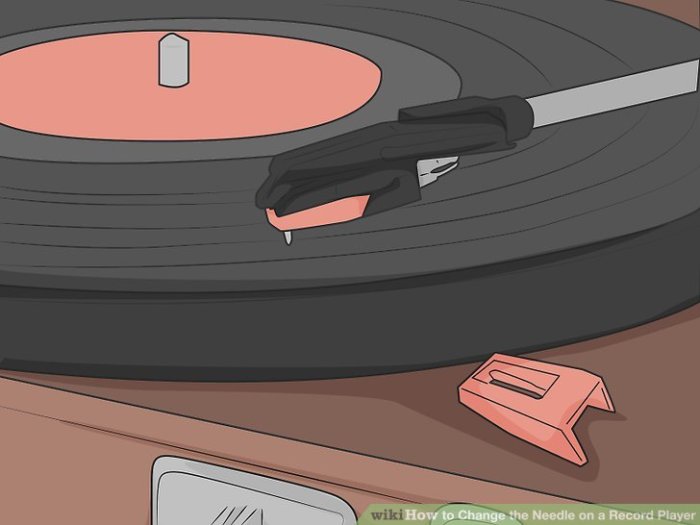
Replacing a record player needle can seem straightforward, but unforeseen issues can arise. Understanding potential problems and their causes is crucial for a successful replacement. This section delves into common difficulties and provides solutions to help you navigate any challenges encountered during the process.Troubleshooting record player needle replacements requires a methodical approach. Pay close attention to the steps and ensure you’ve followed the correct procedure.
Changing the needle on a record player can be surprisingly satisfying, a little like installing a cool new accessory. You might even want to upgrade your setup with a stylish swag hook, which will really make your record player stand out. Check out Install a Swag Hook for some inspiration and ideas. After all that, remember to properly align and seat the new needle for the best possible sound quality.
It’s a simple process, but rewarding.
If you encounter difficulties, don’t hesitate to revisit previous steps and double-check for any errors.
Potential Issues During Needle Replacement
A careful approach and awareness of potential problems can prevent frustration and ensure a smooth needle replacement. Several factors can hinder the process, including incorrect handling of the cartridge or needle, inappropriate tools, and overlooked steps.
Incorrect Handling of the Cartridge or Needle
Improper handling of the cartridge and needle can lead to damage. Carefully align the new needle with the cartridge’s mounting point. Avoid applying excessive pressure when seating the needle. Static electricity can also cause issues. Using an anti-static wrist strap or grounding yourself before handling the components can help minimize this problem.
Inappropriate Tools or Materials
Using unsuitable tools or materials can negatively impact the replacement process. Ensure the tools you use are clean and appropriate for the task. For instance, using a blunt or damaged tool can damage the cartridge. Also, use the correct type of needle; mismatched needles can cause incompatibility issues. Always consult the record player’s manual for recommended tools and materials.
Overlooked Steps in the Replacement Procedure
Omitting or misinterpreting steps in the replacement procedure can lead to problems. Carefully follow each step of the procedure, ensuring you understand the purpose of each action. For example, failing to clean the stylus rest or cartridge can result in the new needle not functioning correctly. Double-check that the cartridge is properly seated on the tonearm before continuing.
Table of Potential Problems and Solutions
| Problem | Cause | Solution |
|---|---|---|
| Needle not seated properly | Incorrect alignment, excessive force, or a damaged cartridge | Re-align the needle, use gentle pressure, and inspect the cartridge for damage. If the problem persists, consult a professional. |
| Skipping or crackling sounds | Misaligned needle, damaged needle, or a dirty stylus rest | Re-align the needle, replace the needle, and thoroughly clean the stylus rest. |
| Static interference | Static electricity buildup | Use an anti-static wrist strap or ground yourself before handling the components. |
| Clicking noises | Loose or damaged tonearm, or incorrectly seated cartridge | Ensure the tonearm is secure and the cartridge is properly seated. Inspect the tonearm for any visible damage. |
| No sound output | Damaged cartridge, incorrectly seated needle, or a problem with the wiring | Inspect the cartridge for damage, ensure the needle is properly seated, and check the wiring for any issues. Consult a professional if the problem persists. |
Maintaining Your Record Player
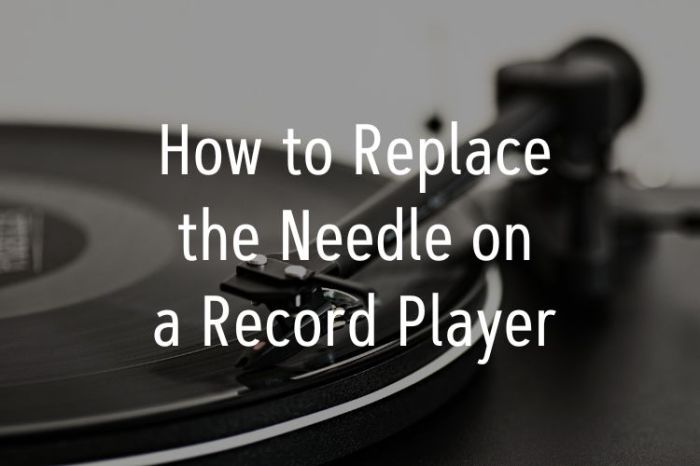
Keeping your beloved record player in tip-top shape is crucial for enjoying crystal-clear sound and extending its lifespan. Proper maintenance ensures that your vinyl treasures are played with optimal fidelity and that your investment remains in excellent condition for years to come. Ignoring regular upkeep can lead to decreased sound quality, premature wear, and even irreparable damage.Proper maintenance goes beyond simply cleaning the dust off the chassis.
Ever had to change the needle on a record player? It’s a surprisingly satisfying task, a little ritualistic. It’s a bit like when Jarvis Cocker announced his memoir, “Good Pop Bad Pop” – a new perspective on a familiar thing. A chance to reset the groove, so to speak. Changing the needle on a record player is all about a fresh start, and I can’t wait to see what Jarvis Cocker shares about the music industry in his new book! jarvis cocker announces memoir good pop bad pop Getting that perfect sound back is just as rewarding, though.
It involves a comprehensive approach to caring for every component, from the stylus to the internal mechanisms. This proactive approach will keep your record player sounding its best and keep your vinyl collection safe.
Importance of Proper Needle Maintenance, Change the Needle on a Record Player
The stylus, or needle, is the most sensitive part of your record player. It directly interacts with the grooves of your vinyl records. Regular maintenance is vital to prevent premature wear and tear, which can degrade sound quality and damage your records. A well-maintained stylus ensures accurate tracking and prevents skips or pops during playback.
Tips for Maintaining Your Record Player’s Condition
Maintaining your record player’s condition is a combination of regular cleaning and preventative measures. A clean environment, proper storage, and mindful handling are crucial to preserving the quality of your records and player.
- Regular Cleaning: Dust and debris can accumulate on the player’s surface, potentially affecting sound quality. Regular dusting with a soft brush or compressed air is recommended. This is important to prevent dust particles from accumulating in the delicate mechanisms.
- Proper Storage: Store your records and record player in a cool, dry place, away from direct sunlight and extreme temperature fluctuations. Avoid placing them near sources of humidity, as this can cause warping of records and damage to the player.
- Gentle Handling: When handling records, always support the center and avoid touching the playing surface directly. This helps prevent scratches and damage to the delicate grooves.
Cleaning the Record Player’s Stylus and Cartridge
Cleaning the stylus and cartridge is essential for optimal performance. A dirty stylus can cause skipping, pops, and clicks, impacting the overall listening experience.
- Disassembly: Carefully follow the manufacturer’s instructions for disassembling the cartridge. Failure to do so correctly can damage the components.
- Cleaning Solution: Use a specific stylus cleaning solution, available from most audio supply stores. Avoid using harsh chemicals or abrasive materials, as these can damage the delicate components.
- Cleaning Procedure: Gently apply the cleaning solution to a soft, lint-free cloth. Carefully wipe the stylus and cartridge, ensuring that no debris is left behind. Avoid excessive pressure, as this can damage the stylus.
- Drying: Allow the components to air dry completely before reassembling the cartridge.
Preventing Needle Damage
Preventing needle damage is critical to maintaining the longevity of your record player and the quality of your vinyl recordings.
- Proper Handling: Always handle the stylus with care, avoiding unnecessary pressure or contact with rough surfaces.
- Clean Records: Ensure that records are clean before playing them. Dust and debris can scratch the stylus, and a dirty record can result in a poor listening experience.
- Avoiding Excessive Force: Ensure that the record is securely placed on the turntable and that the needle is properly aligned to avoid unnecessary force on the stylus.
- Regular Inspections: Regularly inspect the stylus for any visible damage or wear. If you notice any signs of damage, replace the stylus immediately to avoid further problems.
Alternatives to Needle Replacement
Sometimes, replacing the needle isn’t the only solution for a sputtering record player. Before you toss your beloved turntable, explore alternative fixes. A worn-out stylus isn’t the only culprit; the cartridge itself might need attention. This section delves into options beyond simply swapping the needle, focusing on restoring your turntable’s performance.The condition of the stylus and cartridge is paramount in determining the best course of action.
A worn-out stylus can produce distorted sound, skipping, or a lack of overall fidelity. Likewise, a damaged or improperly aligned cartridge can lead to similar issues. Diagnosing the specific problem is key to choosing the right solution.
Assessing Stylus and Cartridge Condition
Proper assessment of the stylus and cartridge condition is crucial for determining the best course of action. Visual inspection is the first step. Examine the stylus tip for signs of wear, damage, or debris. A noticeably worn or damaged stylus is a clear indicator of needing replacement. Look for deep scratches, significant bending, or missing parts.
The cartridge itself should be checked for any visible damage, misalignment, or loose connections.
Restoring Performance
Several options exist for restoring your record player’s performance beyond replacing the needle.
Cleaning and Alignment
Cleaning the stylus and cartridge is a first step. Dirt, dust, and debris can accumulate on the stylus, affecting its performance. Cleaning the cartridge itself, ensuring proper alignment of the cartridge on the tonearm, can also resolve issues. A slightly misaligned cartridge can cause significant sound distortion. Proper alignment requires careful attention to the manufacturer’s instructions and the use of specialized tools.
These tools and techniques are essential for optimal performance. Use compressed air to remove dust and debris, and specialized cleaning solutions for stubborn residues.
Cartridge Replacement
In cases where the stylus is not the issue, replacing the entire cartridge may be necessary. This is often a more expensive option but can dramatically improve sound quality if the original cartridge is faulty. Cartridge replacement requires technical knowledge and precision, and sometimes specialized tools. Consult a qualified technician if you’re unsure about replacing the cartridge.
Turntable Repair
If the stylus, cartridge, and alignment are in good condition, the problem might lie within the turntable itself. Consider checking the tracking force, the motor, and the tonearm for any damage or wear. These components are essential for proper record playback. If the turntable itself has issues, repair or replacement might be necessary. Examples of common issues are a worn-out motor or a damaged tonearm.
Properly functioning components are vital for a good listening experience. Seeking professional help is often recommended for turntable repairs.
Concluding Remarks
In conclusion, changing a record player needle is a manageable task with the right knowledge and care. By understanding the different types of needles, recognizing the signs of wear, and following the step-by-step instructions provided, you can ensure your records sound their best. Proper maintenance and care will prolong the life of your record player, ensuring years of enjoyment from your vinyl collection.
Now go forth and enjoy those timeless tunes!
